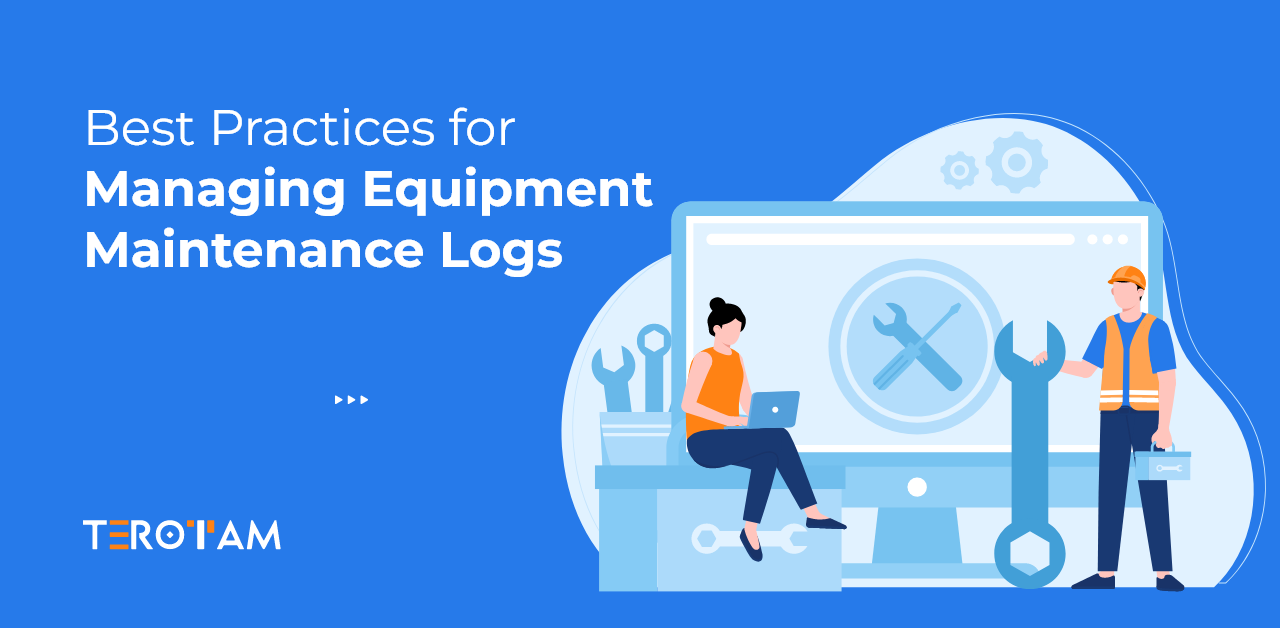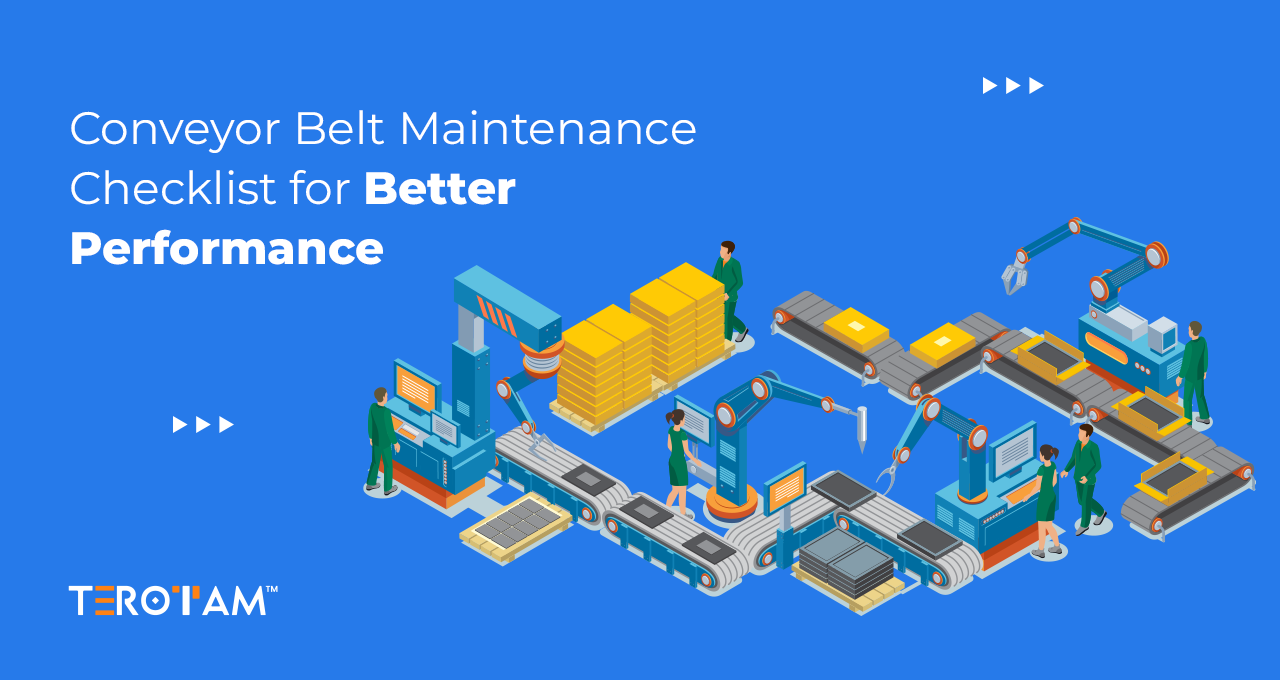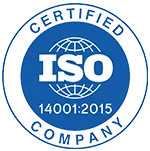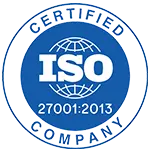Equipment maintenance logs are essential records that document all service, repairs, and inspections performed on machinery. They provide a clear history of asset performance, helping teams plan maintenance schedules, track recurring issues, and ensure operational reliability.
Accurate maintenance logs also play a key role in meeting regulatory and safety requirements. They offer evidence for audits, support warranty claims, and help demonstrate compliance with industry standards. For industries relying on complex equipment, reliable logs can help reduce unplanned downtime and improve maintenance planning.
Yet, managing maintenance logs effectively can be a challenge. Without a structured process, businesses face incomplete records, data inconsistencies, and gaps that lead to reactive repairs and higher costs. In this article, we’ll cover proven strategies and practical steps to create an efficient, reliable system for managing your equipment maintenance logs.
Why are maintenance logs important?
Before diving into best practices, it’s important to grasp why equipment maintenance logs deserve attention. They’re more than just a checklist—logs serve as a historical record of all service activities, helping businesses:
- Stay on top of regular maintenance schedules
- Identify trends and predict potential issues
- Reduce the risk of unexpected failures
- Support compliance with safety and regulatory requirements
- Provide evidence for audits, warranties, and insurance claims
When properly managed, maintenance logs can make a big difference in overall equipment reliability and business performance.
Best practices for managing equipment maintenance logs
Let’s explore practical ways to create and maintain effective maintenance logs for your equipment.
1. Standardize your log format
Having a consistent format for your maintenance logs makes it easier for teams to capture and review information. Whether you’re using paper-based logs or a digital system, make sure the layout is clear and user-friendly. Include fields for:
- Equipment ID, location, and description
- Date and time of service
- Type of maintenance performed (preventive, corrective, etc.)
- Parts replaced or repaired
- Technician’s name and signature
- Follow-up actions or notes
A standardized format reduces confusion and ensures that important details aren’t missed.
2. Keep records up to date
Delays in logging maintenance activities can cause serious issues, such as missed servicing, compliance gaps, and unreliable data for decision-making. Encourage your team to enter log details immediately after completing the task. If you’re using a digital system, ensure it’s easy to access on-site, possibly through a mobile app or tablet.
Timely entries keep logs accurate and make it easier to spot patterns, like recurring faults or maintenance bottlenecks.
3. Implement digital tools
Manual logs may still work in some cases, but digital tools offer far greater efficiency and reliability. A Computerized Maintenance Management System (CMMS) or a dedicated maintenance tracking app can simplify record-keeping and reduce errors. With digital systems, you can:
- Store data centrally for easy access
- Automate reminders for upcoming maintenance
- Generate reports for analysis and audits
- Share logs across teams or departments
Switching to digital reduces paperwork, enhances collaboration, and makes your data more reliable over time.
4. Set clear responsibilities
Managing maintenance logs is a team effort, but roles should be clearly defined. Assign specific people to handle data entry, review, and verification. Technicians should be responsible for logging their work immediately, while supervisors can review entries regularly for completeness and accuracy.
Clear accountability ensures that logs don’t fall through the cracks and that everyone knows their part in the process.
5. Review and update logs regularly
Your logs are not static records—they should be reviewed regularly to spot trends, check for missing data, and identify areas for improvement. Set up a routine (monthly or quarterly) for log audits and involve both technicians and supervisors in the review process. This helps ensure that:
- Maintenance records reflect actual equipment conditions
- Errors or gaps are caught early
- Maintenance strategies are adjusted as needed based on insights
Reviewing logs isn’t just about compliance—it’s a way to continuously improve how your maintenance program operates.
6. Train your team on proper log management
Even the best system won’t work if your team doesn’t know how to use it properly. Invest time in training sessions to teach technicians how to fill out logs accurately and efficiently. Training should cover:
- The importance of maintenance logs
- What details need to be recorded
- How to use the chosen logging system (whether paper-based or digital)
- How to report errors or suggest improvements
A well-informed team is more likely to take ownership of the process, resulting in better quality records.
Tips for effective maintenance log management
Beyond structured practices, a few practical tips can help teams maintain high-quality logs that are easy to manage, review, and put to use. These small but important actions ensure maintenance records stay accurate, comprehensive, and useful over time.
- Use a checklist for every maintenance task to standardize data entry
- Record details immediately after each job to maintain accuracy
- Keep entries clear and concise, avoiding vague descriptions
- Attach photos, manuals, or reports for better documentation
- Review logs regularly to catch errors or incomplete records
- Use backups to protect against data loss, especially for digital logs
- Set reminders or alerts for upcoming maintenance schedules
Final thoughts
A well-managed maintenance log system helps teams keep their equipment in top shape, avoid costly failures, and support compliance efforts. Clear, accurate, and timely logs provide a solid foundation for preventive maintenance, troubleshooting, and long-term planning.
With a structured approach and consistent practices, businesses can make their maintenance processes more efficient and data-driven. Digital tools, clear responsibilities, and regular reviews all contribute to a stronger, more reliable maintenance program.
Taking the time to build and maintain a detailed log system leads to fewer surprises and smoother operations. It also supports a culture of accountability, ensuring that no critical task slips through the cracks. Still confused? – Don’t worry. At TeroTAM we have got your back. For any further discussion or tailored solutions and expert guidance on improving your maintenance log system, reach out to our team of experts at contact@terotam.com.








